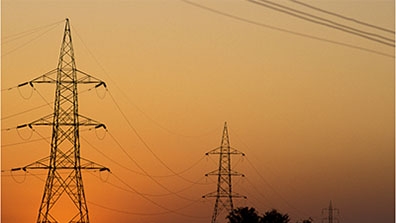Building power transmission lines can create far more “indirect” jobs than the often-cited “direct” jobs in construction, operations and maintenance, according to a new study using an innovative approach developed by the World Bank’s research department for the IFC, a member of the World Bank Group.
The analysis, which uses an input-output model and enterprise survey data, shows that the Powerlinks Transmission Limited project, which in 2003 received a $75 million loan from the IFC to construct electricity transmission lines linking Bhutan’s 1,020-megwatt Tala hydropower plant to power-deficit northern India, will have created about 9,700 formal jobs by the end of its 25-year life span.
About 82% of those jobs are indirect jobs, especially in food service, agriculture, manufacturing, and other businesses that benefit from a steady power supply. The real number is likely to be significantly higher, because there aren’t any data about “informal” jobs.
“Contrary to the popular perception that transmission projects have marginal employment effects, the study finds that such projects generate significant employment in the long run, because it addresses power shortage, a binding constraint on the output of firms,” said World Bank Research Director Asli Demirguc-Kunt. “This is a prime example of how our cutting-edge research is contributing to operational work across the World Bank Group.”
The study’s methodology was developed by Govinda Timilsina, a senior research economist at the Bank’s research department. He conducted the study with colleagues at the IFC, with inputs from various stakeholders in India and Bhutan, especially industry partners and government agencies.

